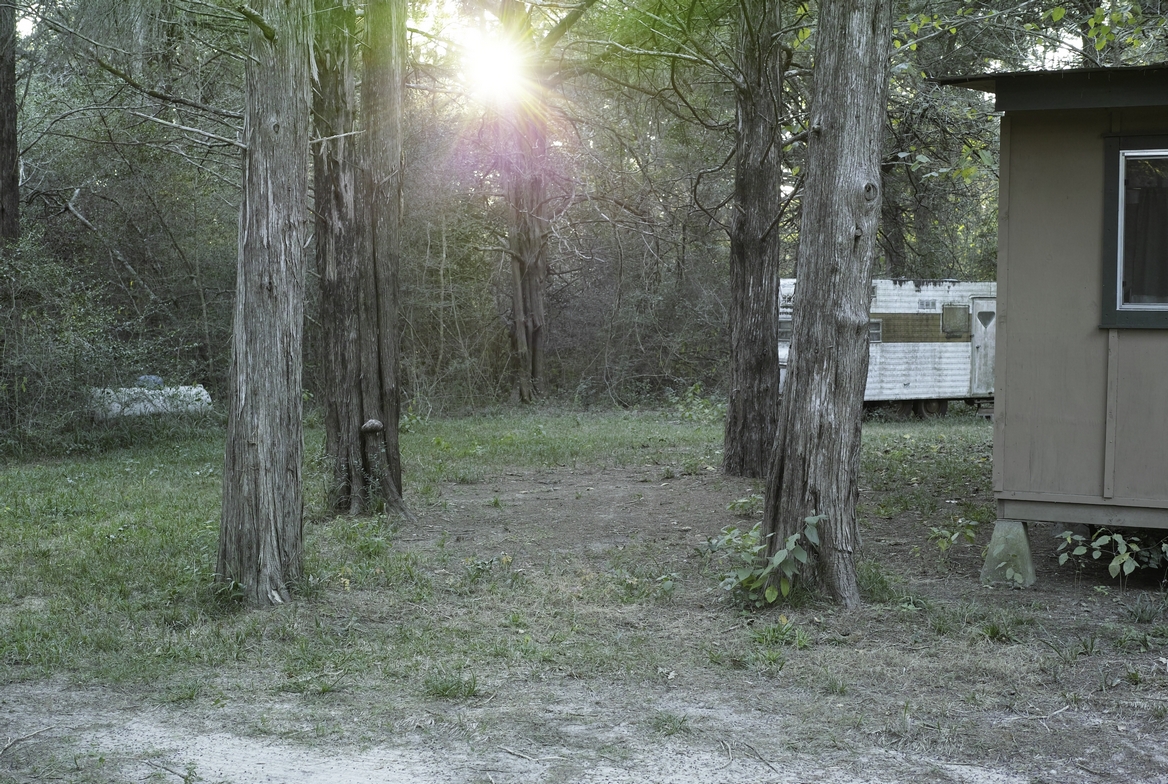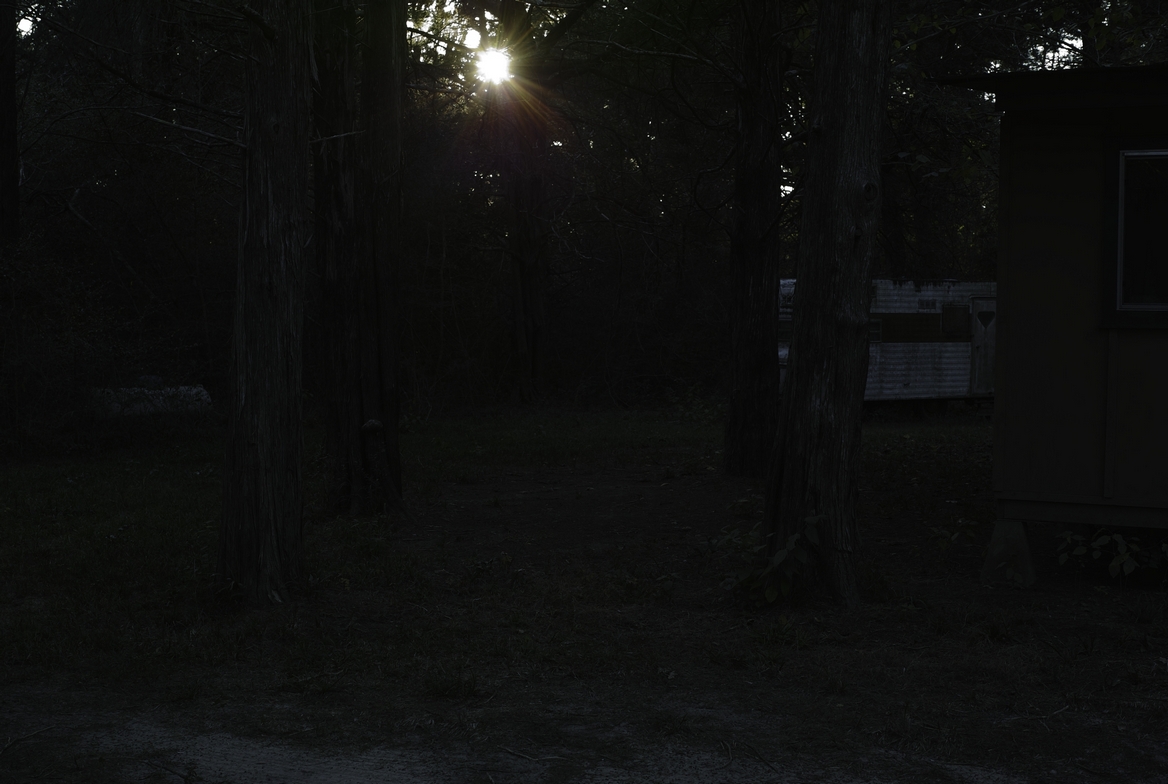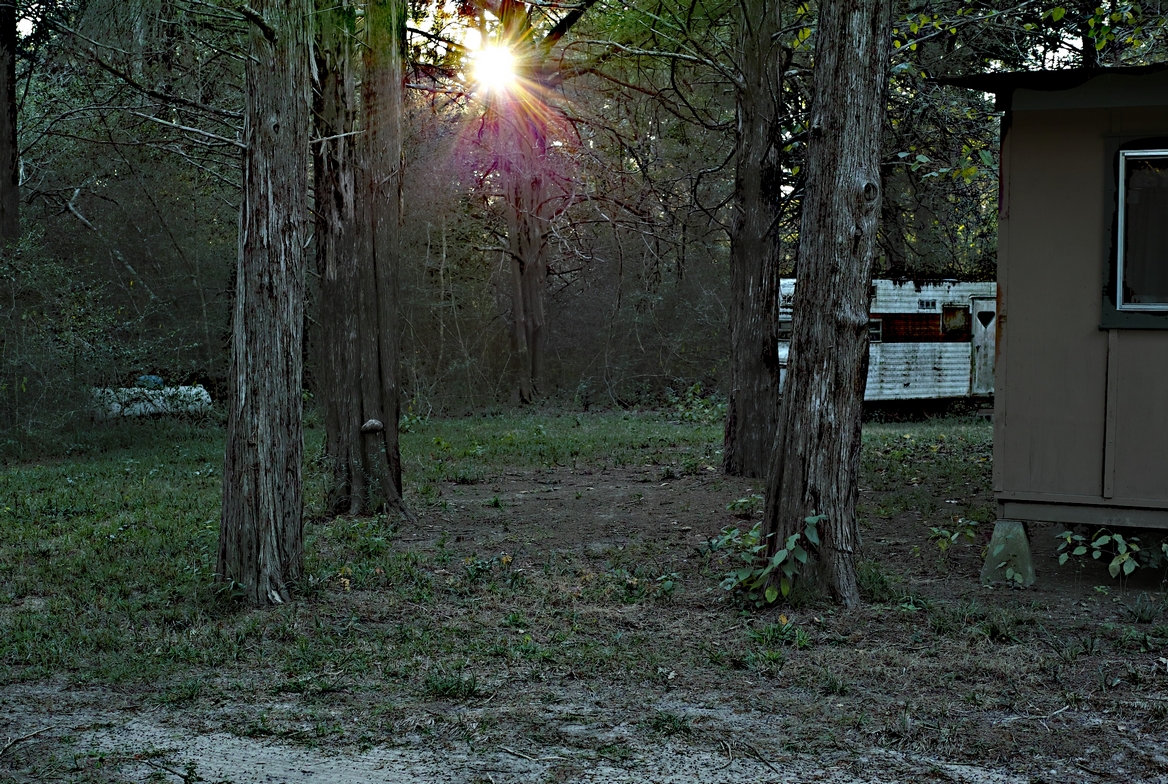drnothing
Member
Hi,
I took some captures with a SD1 Merril in raw x3f format in bracket mode of the sunrise t his morning.
What tools can I use under Linux that can take the 5 bracketed shots and combine them into an HDR output 16/8bit final tiff/jpg?
Regards,
JP
___________________________________________________
Shortest Distance Between Two Points is No Fun!
I took some captures with a SD1 Merril in raw x3f format in bracket mode of the sunrise t his morning.
What tools can I use under Linux that can take the 5 bracketed shots and combine them into an HDR output 16/8bit final tiff/jpg?
Regards,
JP
___________________________________________________
Shortest Distance Between Two Points is No Fun!




